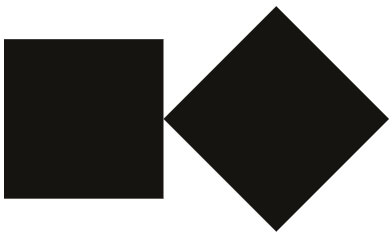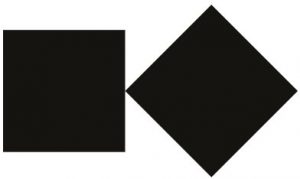When it comes to politics – what’s in a name? How do you show that a party about women’s rights isn’t just for women, but for everyone?
This week I went to a networking event run by the Women’s Equality Party. If you don’t know it yet, it’s a new political party that was formed by Catherine Mayer and Sandi Toksvig after a talk at this year’s 2015 Women of the World Festival. It was actually formed in the bar, which just goes to show that some people never ruddy switch off from being brainy.
I wholeheartedly support the big objectives behind the WEP and think it’s inspiring to see these smart, dynamic women standing up for positive change. In fact, I’ve been banging on about the WEP for a few weeks now. But a question keeps cropping up in the conversations I have: why is it called the Women’s Equality Party, and not simply the Equality Party?
Women’s equality is better for everyone
The question about the name even appears on the party’s Wikipedia page. Which means it must be A Thing. So, at last night’s event, I asked a lovely woman called Chris – who works for the Hackney and Islington chapter of the WEP – for the answer.
Chris explained that it’s because there’s still so much work to do to achieve equality for women – and that, when women are truly equal, the whole of society will be better off. This certainly makes sense. But, if they’re going to get everyone on side, I think the WEP will have to be a bit careful about the way they talk about themselves.
The problems of ‘we’ and ‘them’
You might assume that it’s easy to write about the WEP’s objectives, since – for those of us with more brain cells than a digestive biscuit – they’re so manifestly necessary. But, when selling the idea, it’s actually quite tricky to find the right balance between ‘we’ the party, ‘we’ as women, and ‘we’ as society.
I think it’s legitimate to ask: does the name as it stands alienate certain people – in other words, men? Young men who presume that a ‘women’s’ party must be for women? Young men who are the ones we most desperately need to convert? The key thing is that this is a men’s party as much as it is a women’s one – men will play a crucial part in making the WEP’s vision a reality. We can’t build a successful society unless they play their part too.
Just as a thought, why not the Equality for Women party? A tiny change, a totally different feel. No, it wouldn’t make as jazzy a logo, and they wouldn’t be able to use the whole ‘WE want…’ concept in design.
But it might have made the message sharper, and more accurate.
In the end, there’s a problem with ‘we’: it can mean ‘me and you’. Or it can mean ‘us and them’. There are enough bone-headed people out there who will, on some old-fashioned, deep-seated impulse planted by the patriarchy, flinch from the WEP and all it stands for: Daily Mail readers who use the word ‘feminazi’, who think it’s sad when women swear and wear their hair short. People who prefer to think that feminist campaigners are all angry lesbians who want to put a tax on testicles. In other words, there are plenty of people who think that the WEP is full of people who are different to them, and who want different things.
And the key thing is not for the party to say that ‘we, over here, need change’. It’s to say that ‘we – all of us, everywhere – need change’. And that really will be better for everyone.
Selling a political party is about selling ideas. And ideas are made of words. With the right words, the WEP could make a real statement – and change people’s minds and actions for the better.

